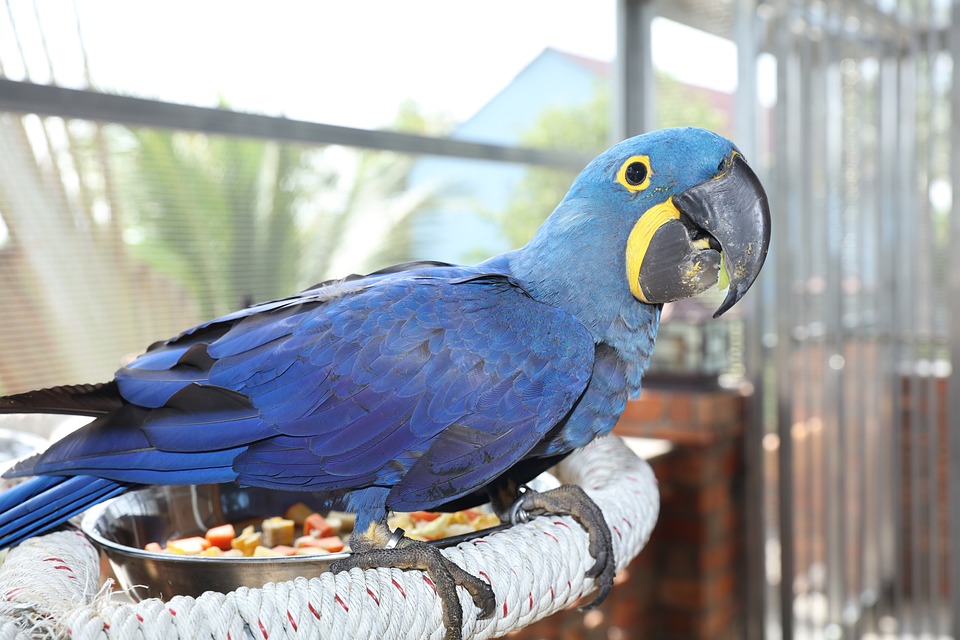Parrots are fascinating creatures known for their vibrant plumage, remarkable intelligence, and engaging personalities. As pet owners, it is essential to understand their behavior, particularly how they react to body handling. This article aims to provide valuable insights into parrot behavior, their responses to physical contact, and essential guidelines for safe and effective body handling. Additionally, we have compiled a list of frequently asked questions to address common concerns related to parrot behavior.
Understanding parrot behavior is crucial for establishing a strong bond with these intelligent birds. Parrots are highly social creatures, requiring regular interaction and stimulation. Lack of socialization can lead to behavioral problems, such as aggression or excessive vocalization. Parrots communicate through body language, and being able to interpret their signals is vital. Common signs of discomfort or stress include fluffed feathers, dilated pupils, tail fanning, or aggressive posturing. Parrots are renowned for their ability to mimic sounds and human speech. Vocalization is an important means of communication for them, reflecting their emotions, needs, and desires.
When it comes to body handling, building trust is fundamental before attempting any form of physical contact. Spend time bonding with your parrot through positive interactions, offering treats, and engaging in activities they enjoy. Introduce body handling gradually, starting with less invasive areas such as the head and neck. Observe your parrot’s response and proceed accordingly. Patience is key during this process. Reward your parrot for calm behavior during body handling sessions. This positive association encourages them to associate handling with positive experiences, fostering a cooperative attitude.
It is important to understand and respect your parrot’s boundaries. Watch for signs of discomfort, such as biting or attempting to move away. Avoid forcing your parrot into situations that cause distress. Seek guidance from avian professionals or experienced bird trainers when handling challenging or aggressive parrots. They can provide valuable insights and techniques to ensure safe and effective handling.
Here are some frequently asked questions related to parrot behavior and body handling:
1. Why does my parrot bite when I try to handle it?
– Parrots may bite as a defensive response when feeling threatened or stressed. Proper socialization, gradual acclimatization, and positive reinforcement can help decrease biting tendencies.
2. How can I prevent my parrot from becoming aggressive during body handling?
– Building trust, employing positive reinforcement, and respecting boundaries are key factors in preventing aggression during body handling. Consistency and patience are crucial throughout the process.
3. Is it normal for my parrot to scream or vocalize loudly during handling?
– Parrots vocalize for various reasons, including excitement, fear, or seeking attention. However, if the vocalization becomes excessive or repetitive, it may indicate stress or discomfort. Observe their body language for further clues.
4. Can I train my parrot to enjoy body handling?
– Yes, parrots can be trained to tolerate and even enjoy body handling. With consistent positive reinforcement, patience, and respect for their boundaries, you can help your parrot develop a cooperative attitude towards handling.
Remember, each parrot is unique, and their reactions to body handling may vary. By understanding their behavior, employing positive techniques, and seeking expert guidance when needed, you can ensure a harmonious relationship with your feathered companion.
Disclaimer: This blog article is intended for informational purposes only. Always consult with avian professionals or veterinarians for specific advice regarding your parrot’s behavior and handling requirements.









